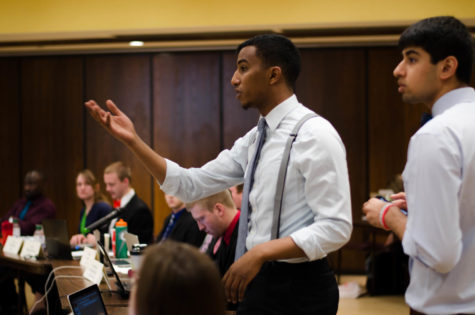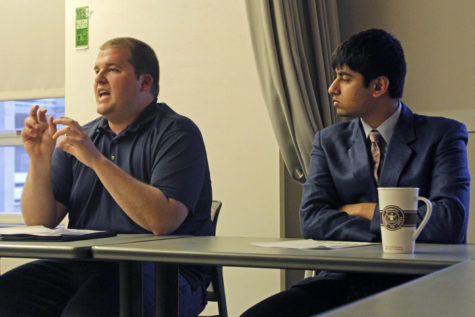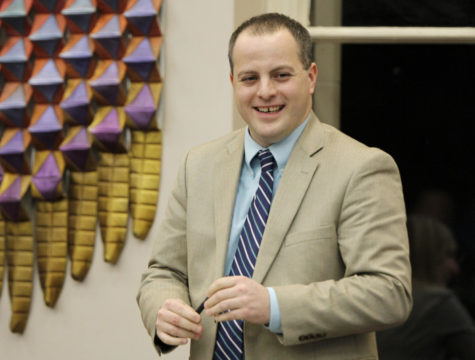Ever wonder where your money goes? Here it is in a nutshell
September 28, 1999
Do you ever wonder why you can work out at the Rec for free? Or why you pay less for tickets to basketball games than the average non-student spectator? Do you question why the university agreed to a new ice arena?
The answer to these questions and more is simple: You paid for it.
Don’t be fooled by the “perks” — everything you do for “free” is bought and paid for.
Almost 10 percent of tuition goes toward student fees, which are allocated for various services and costs, according to Special Student Fee Committee information.
“I’m just concerned that people don’t understand this, and then it causes confusion,” said Jeremy Williams, member of the Special Student Fee Committee and Government of the Student Body finance director.
“The university isn’t just a bunch of nice people who give us a Rec center or Union to be at,” said Williams, senior in finance. “You’re paying for it with your fees.”
After learning how much tuition will increase each year, the fee committee hears presentations from the primary groups that receive student fee money. The groups ask for the amount they want or need for the following year, and the committee decides how much they should get.
Current committee members include Warren Madden, vice president for business and finance; Rab Mukerjea, assistant to the president; Kathleen MacKay, dean of students; Thomas Hill, vice president for student affairs; Stephanie Fox, campus organizations representative; Matt Craft, GSB president; Garrett Toay, GSB vice president; Michel Pogge, GSB off-campus senator; Jeremy Williams, GSB finance director; Brian Crabb, Graduate Student Senate president; and Shamsul Shaikh, GSS finance committee member.
“Last year we had our decisions made by the beginning of March,” Williams said.
While many Iowa State administrators are on the fee committee, it is important to note that more than half of the committee members are students.
“Students actually are on this committee and have say in where the money goes,” Williams said.
Projects like the new ice arena happen because students want them to happen. While students have to pay for their seemingly free or low-cost services, they get to choose where their money will go.
The 90 percent of tuition that does not go toward student fees is put in a general fund that pays for everything else, such as salaries and general maintenance.
There also are additional fees on every student’s u-bill that are not part of tuition. These include a $50 health fee, $8 facility fee and a computer fee, which costs most students $51.
Students at he two other regent universities (University of Iowa and University of Northern Iowa) pay their tuition the same way. But if U of I officials get their way, students fees will no longer be part of the total tuition cost, but an added charge much like the health fee.
This system would be OK if that chunk of money simply was transferred out of tuition and added on top of it. But that is not the case. Base tuition would stay the same as if student fees were included. That means students essentially pay for student fees twice, resulting in a huge tuition increase — if this happened at ISU, the increase would be 8.9 percent rather than the proposed 4.3 percent.
“Pretty much, you’re giving more money to the university that you have no control over,” Williams said. “One of the university’s arguments would be that it’s easier for students to tell where their money is going. But you can already tell — the system’s already in place.”
Any student can find out where his or her fee money is going, and we’ve done it for you in just a few hundred words. U of I’s proposed system would not make things easier for students, but it would screw them out of a couple hundred dollars.
Carrie Tett is a junior in journalism and mass communication from Ames. She is news editor and beat coordinator for the Daily.









